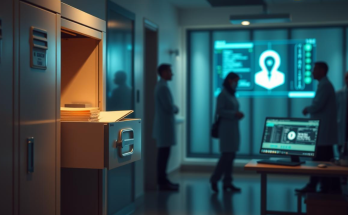Eating disorder videos are a useful tool in the fight against, anorexia, bulimia and other conditions. They usually feature individuals who have managed to overcome this type of disease. The videos generally feature some of the more common psychological illnesses that are related to food consumption. Some of the clips are graphic due to the need to show the truth, while others are appropriate for younger audiences. These programs can be used to convince struggling individuals that it is a serious matter that can end in tragedy if action is not taken. Some highlight real people who have lost their lives to the disease because they did not seek help even when they knew they needed it.
Hopefully, a person who suffers from these problems can realize that she has similar issues when she sees the program. Recognizing that she is the same as or similar to the person on the screen can be the first step to seeking treatment. The individual needs to be willing to undergo the treatments and therapies that lead to recovery. Viewers who suffer from eating disorders may realize that they are not alone in their struggle after they watch videos. Seeing others go through what they are going through can encourage viewers to do the same. These programs also act as proof that recovery is possible.
Many of the eating disorder videos also show viewers how to seek help and support when they want to. Professional help is generally required to fully recover from a serious illness, and the videos should explain what one needs from a rehab clinic. There is much to learn about the recovery process, and a good program will fully inform the viewer.
Those suffering from eating disorders are not the only ones that can benefit from these videos. A lot of people who have viewed one or two eating disorder videos may have seen some similarities to people that they know and care about. When this happens, it alerts them of the danger that this person may be in and can spur them to help their loved ones. This can be especially useful for parents who may know nothing about these disorders but suspect their child is in trouble. Parents can then use the video as a tool to communicate with their child. A teen will usually be more comfortable facing the issue head on if she knows that there are people who know about it, accept that she has this problem and are willing to help.



